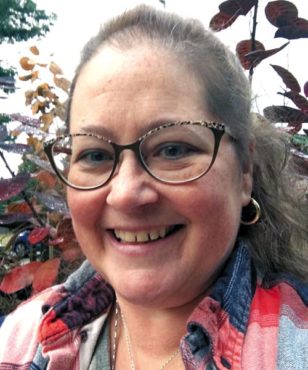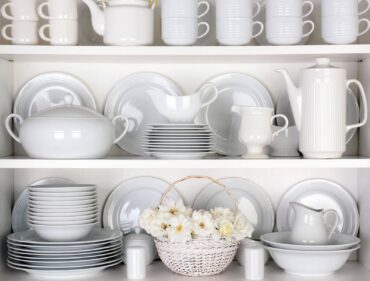 By now you are probably familiar with the KonMari method of organization, made popular by Marie Kondo and her show, “Tidying Up.” Move over, Marie, there’s another method! And it is, by design, the last one you will ever need. This method is targeted specifically to those 65 years of age or better.
By now you are probably familiar with the KonMari method of organization, made popular by Marie Kondo and her show, “Tidying Up.” Move over, Marie, there’s another method! And it is, by design, the last one you will ever need. This method is targeted specifically to those 65 years of age or better.
Swedish death cleaning, or döstädning, is a process of organizing and giving away your belongings when the time is approaching for you to make your departure from the planet. Think of it as radical declutterization. The philosophy is somewhat new, and rather than morbid, the theory is that living with less will allow you to spend your remaining days more happily.
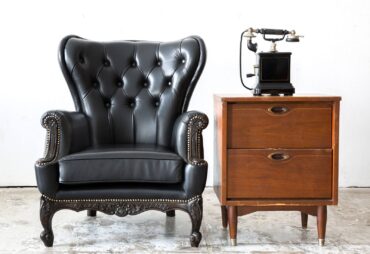 The process is a simple one. First, let your “web” know the plan. Tell friends and loved ones what you’re up to. It makes for accountability in the process and is also a great opening to inform family members about what your wishes are after you pass.
The process is a simple one. First, let your “web” know the plan. Tell friends and loved ones what you’re up to. It makes for accountability in the process and is also a great opening to inform family members about what your wishes are after you pass.
Often times, they will jump in to help, taking unwanted items and helping in decision-making. Put together documentation about passwords, logins and things of that nature that may be difficult to obtain in your absence.
Start the process in a closet, where decision making is the easiest. Part with items that are no longer worn, are out of fashion or no longer fit. A word of warning: Do not begin with photographs or personal mementos. These items are often emotional triggers and are some of the hardest to deal with. They are best left for last, when the process is not quite so new and the learned behavior of parting ways with loved items is easier.
 Move on then to the kitchen. Is entertaining still a lifestyle, or is a small dinner in with three or four friends more common? Evaluating the true need and usefulness of items in the kitchen does take some thoughtfulness and forward thinking.
Move on then to the kitchen. Is entertaining still a lifestyle, or is a small dinner in with three or four friends more common? Evaluating the true need and usefulness of items in the kitchen does take some thoughtfulness and forward thinking.
Make gifts of family china and crystal to the younger generations in the family to enjoy. If interest is low, selling those items online at sites such as Replacements.com and eBay can be an excellent resource to make a bit of money. Consider gifting items that have been admired by friends and family — an oft-complimented vase will leave a far more lasting legacy than a bouquet of flowers.
 No takers for your large items? Not uncommon, as children of the baby boomer generation typically are not interested in mom and dad’s furniture. The trends toward midcentury-modern styles and IKEA-type furniture have made the heavy mahogany and oak pieces less desirable.
No takers for your large items? Not uncommon, as children of the baby boomer generation typically are not interested in mom and dad’s furniture. The trends toward midcentury-modern styles and IKEA-type furniture have made the heavy mahogany and oak pieces less desirable.
Specialists in estate liquidation can help with larger quantities of items, vintage and collectable pieces, and designer items. Donation is also a viable choice. Donating is a win-win. The end game is fewer items in the home and a nice tax write-off for those who are able to itemize.
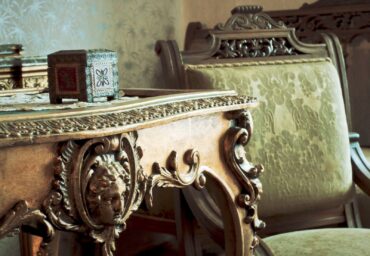 Every room in the house can be done with the previous methods and mindset. Keep in mind, always, that being a “pack rat” is a financial burden on the loved ones left behind. In the process of mourning a loss, the last thing anyone wants to think about is how they are going to make rent on a storage unit full of stuff, or how on earth they are going to clear out an entire home full of belongings.
Every room in the house can be done with the previous methods and mindset. Keep in mind, always, that being a “pack rat” is a financial burden on the loved ones left behind. In the process of mourning a loss, the last thing anyone wants to think about is how they are going to make rent on a storage unit full of stuff, or how on earth they are going to clear out an entire home full of belongings.
The more items that can be pared down in preparation for the end, the greater gift that is left for our loved ones. Keeping only what is necessary versus what fills the cupboard should be the mindset.
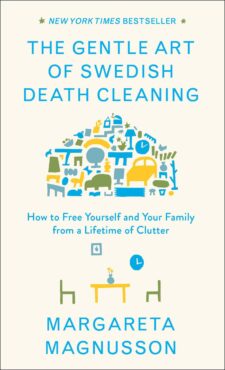 Now, let’s discuss photos and memorabilia. For most, these are the most-difficult of all items to part with. As you begin to look at photos, ticket stubs and blue ribbons, there must be an inner monologue, and it should sound something like, “Does this mean anything to anyone else?” or, “Will anyone be happier or benefit from my saving this?”
Now, let’s discuss photos and memorabilia. For most, these are the most-difficult of all items to part with. As you begin to look at photos, ticket stubs and blue ribbons, there must be an inner monologue, and it should sound something like, “Does this mean anything to anyone else?” or, “Will anyone be happier or benefit from my saving this?”
Often times, photos are old and no one remembers any longer who is in them, or maybe we still have the second-place ribbon from when Aunt Fran won the pie baking contest in 1932. These are the types of items that, with a little deep thought, you should be able to either hand off to a family member or perhaps just part with altogether.
There is a fantastic read on this subject, highly recommended if you wish to further delve into it. “The Gentle Art of Swedish Death Cleaning: How to Free Yourself and Your Family from a Lifetime of Clutter” by Margareta Magnusson is an invaluable resource to get you started on the journey to simplify the process. Your family will thank you.




